Podopediatrics (pediatric podiatry)
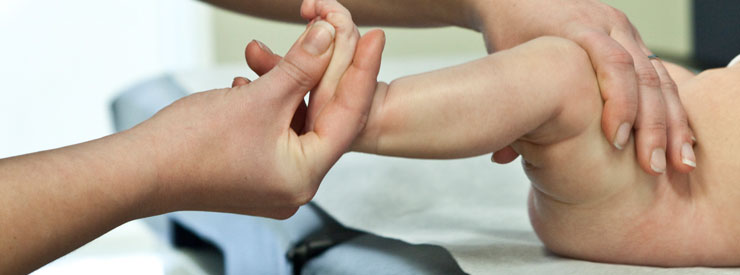
1. Skin (Dermatological) Problems
Skin problems like warts and athlete’s foot are frequent among children, because attending childcare centres and extracurricular activities increases a lot the risk of contagion. See your podiatrist to have lesions analyzed and to start a treatment plan as soon as possible.
2. Atypical (Internal or External) Gait
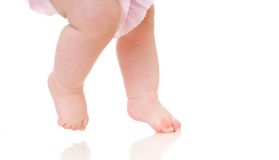
It is important to see a podiatrist if you wonder about your child’s gait. The most common worries are orientation of the feet inward or outward, walking on tiptoes and asymmetry of the legs and the back when walking. Several components can lead to atypical gait:
- scoliosis;
- subluxation of the hip;
- Unevenness of the legs;
- Increased or decreased rotation (soft tissues) or (bone) torsion of the femur or the tibia;
- Congenital irregularity of the muscles and the foot bones, etc.
Your podiatrist can carry out the biomechanical and postural analysis to establish the diagnosis and start a proper treatment plan.
3. Childhood Flat Foot
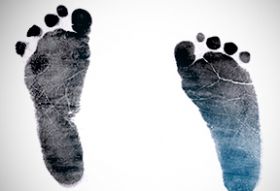
In a child, flat foot can be responsible for tensions in muscles and ligaments and lead to pain or fatigue symptoms in the legs and feet, often mistaken for growth pain.
Plantar arch development happens naturally from the child’s first steps and should be complete at age 7. If it is not the case, the problem is then referred to as childhood flat foot. It is important to face the problem as soon as possible to prevent symptoms from occurring during the child growth and to prevent deformity in adulthood.
The podiatrist has the required skills to check if the normality curve is followed or if your child will need to undergo a therapy using plantar orthoses to optimize growth.
4. Knock knees (genu valgum)
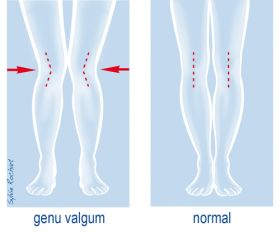
Knock knees are an internal deviation of the knees that makes them look like they touch each other in standing position. This appearance can be normal at ages 3 to 6, but should have corrected itself since the age of 7. Collapsed feet can often lead to inward rotation of the knees and vice versa.
After a full biomechanical evaluation, your podiatrist will be able to determine if your child follows the normality curve depending on his/her age. Then he/she can recommend an orthotic treatment, if necessary.
5. Growth Pain
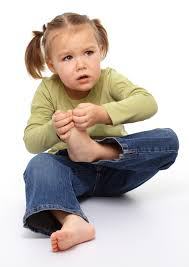
According to the literature, growth pain can affect children for periods ranging from a few hours to a few days, occasionally. When it persists, a biomechanical cause is often underlying.
Biomechanical and postural evaluations are then recommended to detect if a biomechanical default is causing the pain and if the symptoms can be mitigated using tailor-made orthoses.
6. Congenital deformity
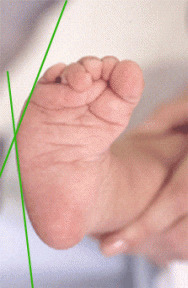
Your podiatrist can evaluate certain birth defects like metatarsus adductus, talipes equino varus, pes calcaneo valgus and syndactylism. It will be interesting to know the treatment options (conservative and surgical) as soon as possible during the child’s growth.
7. Heel pain (Sever's disease)
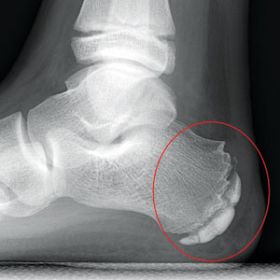
Heel pain is frequent in active 9 to 12-year-old children. The growth plate of the heel can inflame after continuing tensions at the Achilles’ tendon attachment and cause acute and deep pain during sports activities. Application of ice and rest can help, but if the pain persists or comes back, therapeutic or orthotic treatments can become necessary.
Gatineau Sector
456, boul. de l’Hôpital,
Gatineau, J8T 8M5
Tel. : 819-568-0456

Responsible for the protection of personal information: Dre Lynda Cormier, podiatrist cpogatineau.cpo@gmail.com or (819) 568-0456.

